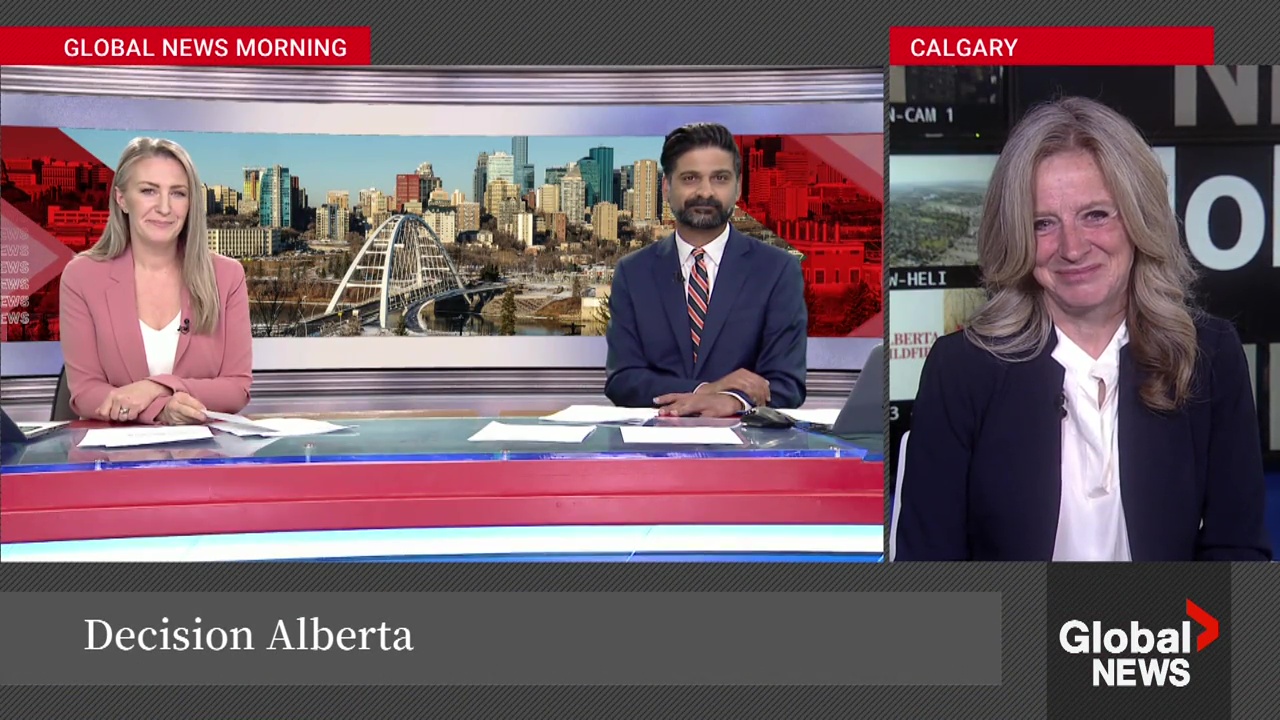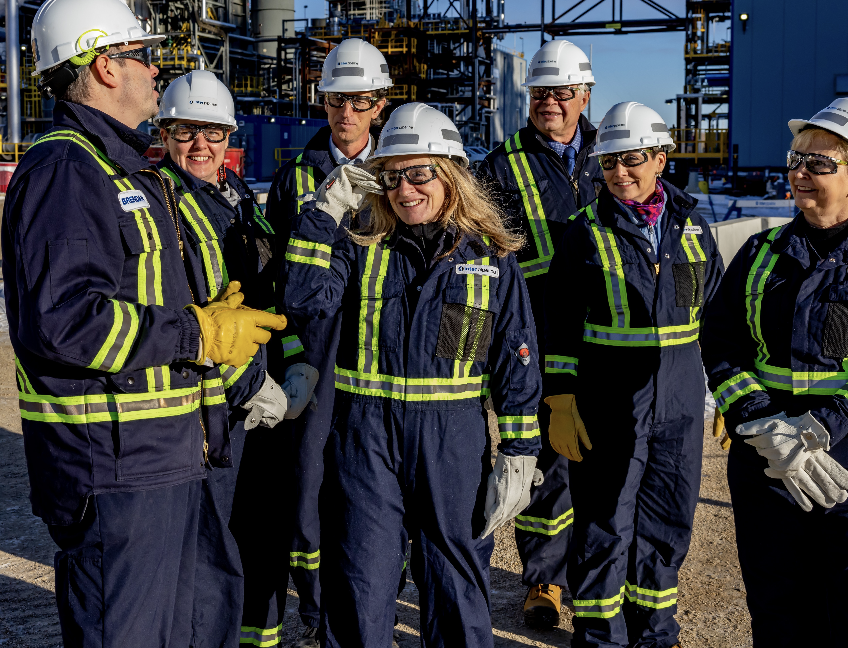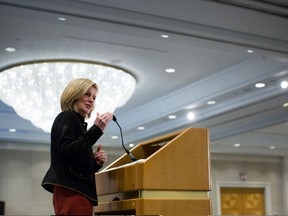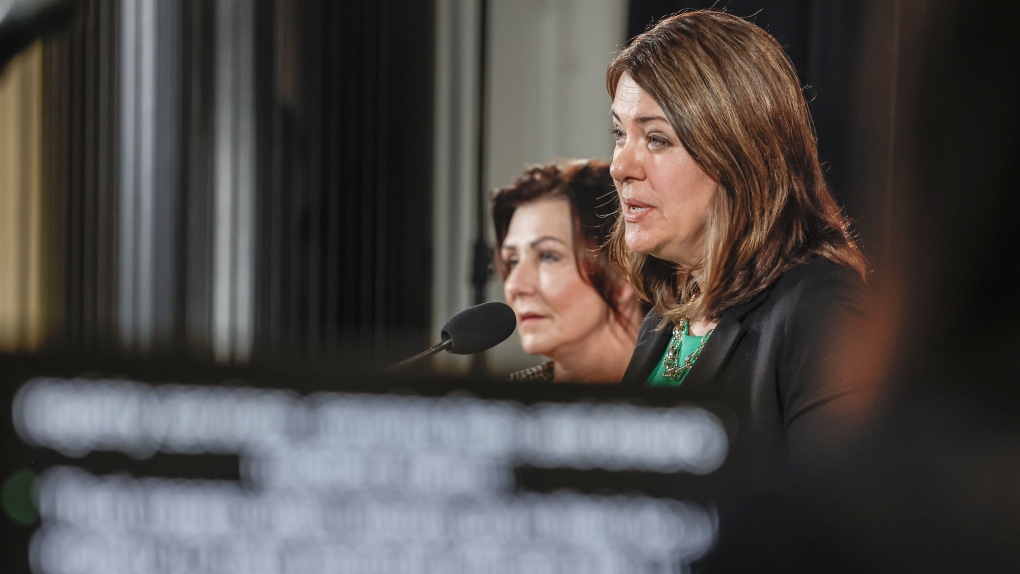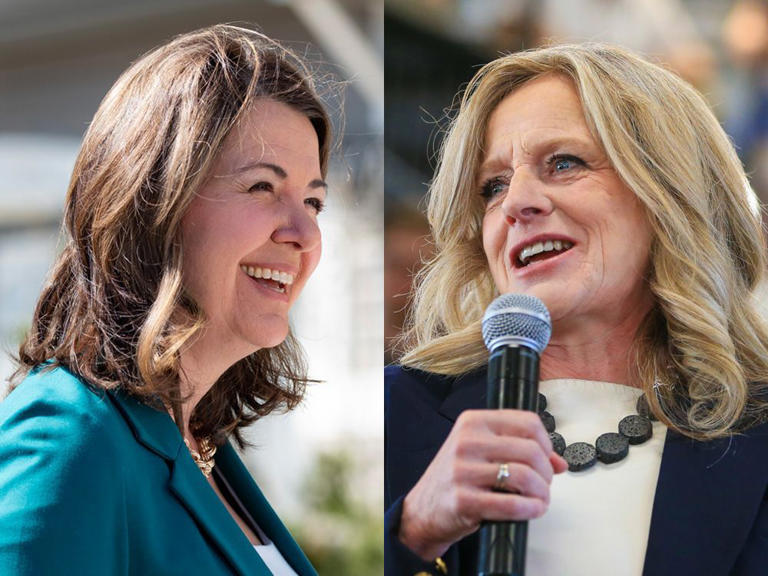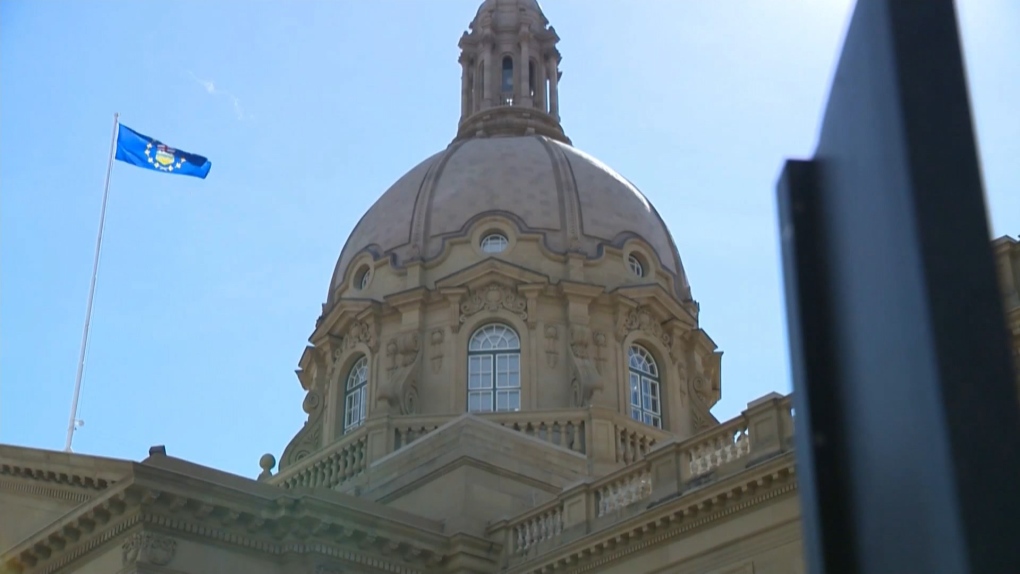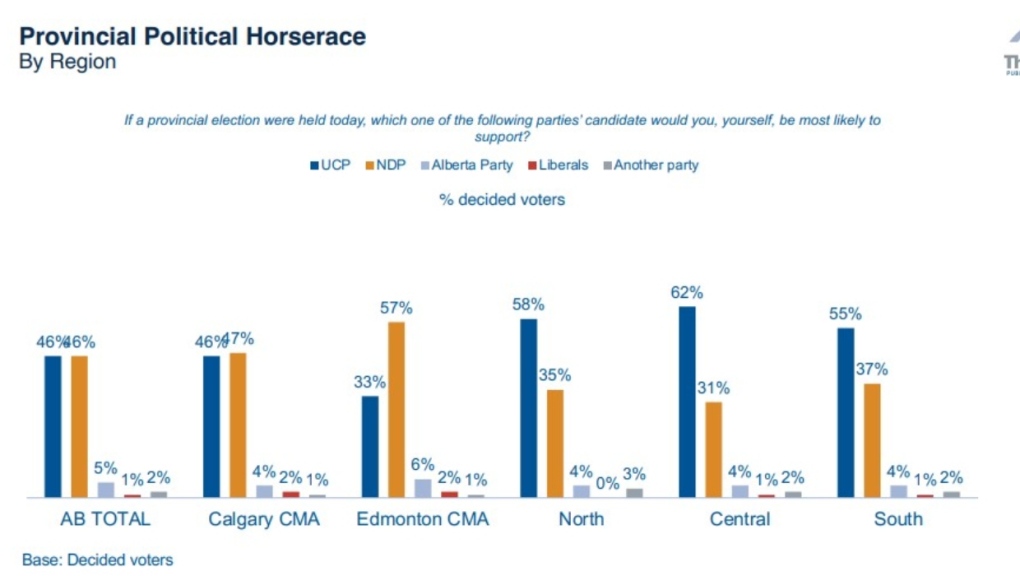Story by CBC/Radio-Canada • May 13, 2023

NDP Leader Rachel Notley’s handling of the economy, specifically jobs, is the UCP’s main attack point.© Radio-Canada
In a February advertisement, the United Conservative Party claims Rachel Notley's NDP government lost 183,000 jobs during its four years in government. Is it true?
"[Rachel Notley] wants you to forget that her NDP drove us into massive debt and lost 183,000 jobs," says the video posted to YouTube by the UCP on Feb. 7
No, it's not true.
According to the labour market data from Statistics Canada, when the NDP came into power in May 2015, there were 2,274,500 Albertans employed. Four years later in April 2019, there were 2,316,900 — a net increase of 42,400 jobs.
Employment in Alberta under the NDP
Even the trend-cycle that smooths monthly variations in statistics and irregularities shows an increase in the number of employed people in Alberta from the beginning and end of the New Democrats' term.
According to Trevor Tombe, a professor of economics at the University of Calgary, another way to calculate employment is based on Statistics Canada's Survey of Employment, Payrolls and Hours.
This report accounts only for salaried positions, and therefore could exclude those who are self-employed. And if a person has two jobs, they're counted as two people.
According to this survey, Alberta counted 2,058,539 salaried workers in May 2015, and 2,032,528 four years later — a loss of roughly 26,000 jobs. That's a significant difference from the 183,000 job losses highlighted by the UCP's ad.
Difficult economic times
However, Alberta's four years of Rachel Notley weren't all sunshine and roses from an economic standpoint, either. During her first 14 months as premier, close to 85,000 jobs were lost, according to Statistics Canada
Related video: Here's the Alberta leader's debate in 5 minutes (cbc.ca)Duration 4:57 View on Watch
The main reason can be found in the fall of oil prices, which began in the second half of 2014, explains Alberta Central economist Charles St-Arnaud. After peaking at over $105 US, a barrel of oil fell to $30 US at the start of 2016.
Numerous energy companies made layoffs. The unemployment rate reached 8.9 per cent in July 2016.
"It doesn't matter which party formed the government. Considering the shock we had with the decline in oil prices, we would have had a recession anyway," said St-Arnaud. "The economy contracted by 3.5 per cent in both 2015 and 2016, so a decent decline in economic activity and of course led to big job losses."
Politicians had even less influence because the impact came from outside the province, he added.
Data from Statistics Canada shows the number of people employed in Alberta gradually increased after the mid-year low in 2016. The rest of the economy adapted to the new reality of a low oil price, St-Arnaud said.
Better increases under the United Conservatives
Employment rates were much stronger during the four years of the UCP, despite the pandemic's impact on the labour market.
Employment in Alberta under the UCP
According to data from Statistics Canada, when Jason Kenney came into power, roughly 2,307,000 Albertans were employed. In April, under Danielle Smith, there were roughly 2,443,100 — an increase of about 136,000 jobs in four years.
St-Arnaud still doesn't believe that the two economic crises are comparable.
He said the drop in oil prices was a major economic moment that dramatically changed the economy by impacting projected investments in the sector, whereas the pandemic had a different, more temporary impact.
"The dynamic of the economic shock is completely different," he said. "It took a long time before oil prices recovered. We started to see a bit more health in the oil and gas sector starting [around] 2019. It started to be a bit more normal, but still not what we saw in 2013 or 2014 in those big boom years."
St-Arnaud explained that once pandemic restrictions were lifted, the economy was able to rebound and people got back to work. He noted that another major factor was the federal government's increased stimulus for post-pandemic economic recovery.
Countrywide, however, the province is doing well.
"We've had a lot of workers that came to Alberta, but the economy was strong enough, there were enough jobs to absorb those new arrivals," St-Arnaud said.
The UCP has not responded to requests for the sources of the numbers in the advertisement.
This story was originally published May 1, 2023, in French.
Yes, it's correct, but that number is misleading, says economics professor
Tiphanie Roquette · CBC News ·

Alberta UCP Leader Danielle Smith mentions in every speech that NDP Leader Rachel Notley as premier increased fees and taxes 97 times between 2015 and 2019.
Is this true?
Yes, it's correct, but that number is misleading.
"[Rachel Notley] wants you to forget that her government increased taxes 97 times. Ninety-seven times," we hear in a February 2023 YouTube video advertisement from the UCP.
But Danielle Smith made a clarification in her speeches this week.
"Rachel Notley increased taxes and fees 97 times when she was premier. Ninety-seven times," she said at her campaign launch.
The addition of the word "fees" is important — in the UCP's detailed list, taxes aren't the only increase accounted for.
In reality, 74 of the 97 elements listed are fee increases, such as the cost of filing court documents, or provincial museum ticket prices.
Alberta's 2018 provincial budget also, for example, included cost increases for Jubilee Auditorium stage rental.
The UCP listed increases for each rental category, accounting for 13 increases. Similarly, the increase in museum admission fees is distinguished by each category of entry and their corresponding ticket prices.
The UCP's list also includes five fines for traffic offences such as speeding.
Fees vs. taxes
Lindsay Tedds, associate professor of economics at the University of Calgary, says it's misleading to amalgamate taxes and fees in the same list because they don't affect public finances and personal finances in the same way.
Taxes such as personal income tax contribute to the general revenue of the province, whereas fees have more of a direct connection between users and goods or services.
"The only way you can avoid taxes is to engage in illegal tax evasion behaviour. With everything else, you can change your behaviour. You can not go camping as much, you don't have to go to the museum. Those all have consequences, but it's all about aligning the user with with the cost," she said.
Tedds adds that a large portion of the fees within the list increase regularly because of inflation.
In the 2018 provincial budget, for example, the revenue from fees and permits was roughly $3.9 million, whereas the revenue from taxes was estimated at close to $23 million.
The NDP government did raise taxes during its term. Corporate income tax increased from 10 to 12 per cent during Notley's governance.
Notley's government also created new tax brackets for income over $125,000 and increased taxation of each of the four new brackets.
While Jason Kenney's United Conservative government reversed the first hike, reducing corporate tax to eight per cent, it never reversed the change for individuals.
144 tax hikes for the UCP?
The New Democrats did the same analysis of the United Conservative budgets.
The NDP lists 144 increases in taxes, fees and fines in the provincial budgets from 2019 to 2023.
This list is just as misleading, even if the NDP assures that it invoked the same methods as the UCP.
In addition to fee increases, the NDP's list also counted the tax credits created by the NDP government that their United Conservative successor eliminated.
Another example: the UCP allowed school boards to charge parents for transportation and supplies, something the NDP had waived during its years in government.
The New Democrats therefore counted this measure as a part of its accounting of fee increases over the past four years.
"All governments play this game. Election season is a silly season," said Tedds.
This story was originally published May 3 in French.
